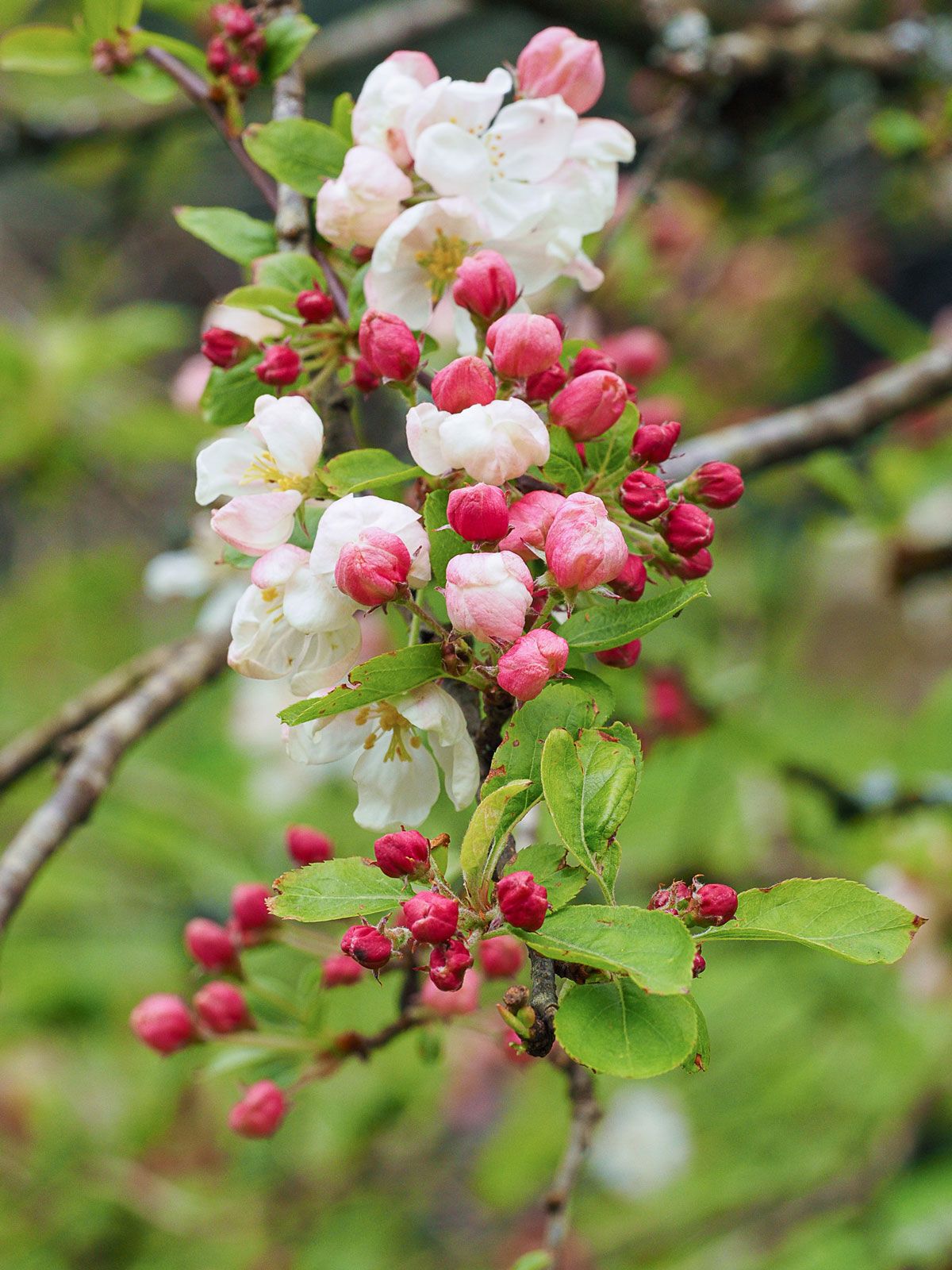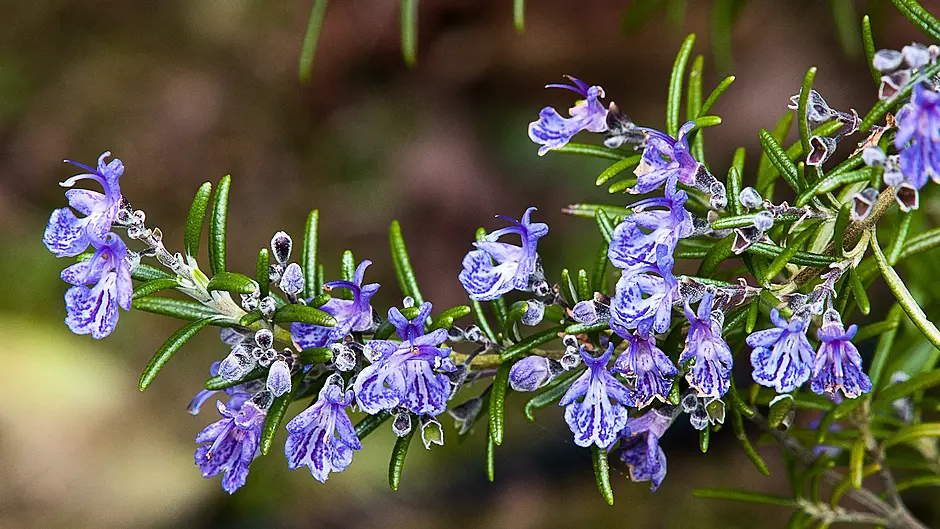APRIL hasn’t been the hottest of months and some plant growth is slower than we might expect. There is plenty of moisture in the soil and any warm burst of sun can bring an explosion of growth, so most things should put on a good spurt in May.
Lots of garden plants are flowering now and there are plenty of things to do on any fine day. Harvest the last of the overwintered crops; fill baskets and window boxes with summer flowering plants; and keep planting out small plants in pots so they don’t get root-bound. Tender plants may need some protection until all risk of frost is passed. Remember to provide supports for any climbing and tall growing plants – if any were flattened in recent winds, you can still raise them up, but handle them with care so you don’t damage stems.
Fabulous fruit trees
Fruit trees are flowering well and they look beautiful. There aren’t enough leaves yet to hide the blooms and there look to be so many flowers that surely that will mean lots of fruit? Well, there’s a long way to go from enjoying the sight of blossom to picking perfect fruit from the tree, but here are one or two things that may help the dream into reality.
• Cross pollination. Many apple trees need one or two other trees nearby with blossom open at the same time. They won’t set fruit without this cross-pollination. Read about your apple varieties and buy another tree if needed.
 Apple trees are flowering well and they look beautiful even if there’s still long way to go to picking fruit. (Photo: Ben Russell)
Apple trees are flowering well and they look beautiful even if there’s still long way to go to picking fruit. (Photo: Ben Russell)
• Encourage pollinating insects. Grow lots of insect friendly flowers in the garden. Flowering brassicas are attractive to bees And many simple flower border plants attract hoverflies – try marigolds and poached egg plant (Limnanthes) for starters.
• Avoid frost. If blossom is slightly delayed this spring, then it may open up after the end of the frost season. It’s hard to know when this date will be. Sometimes frosts end with April and other times they stretch right through May. You can cover a few branches, or a whole small tree, if a very cold night is forecast. Unprotected flowers can be killed by frost.
• Beware of bullfinches. If you spot these shy birds in your garden then they have probably spotted the blossom on your trees. They can eat large numbers of fruit flowers so hang some twirling and flashing bird scarers among the branches.
• Other birds will eat fruit as it starts to ripen. If this is a major problem then net a whole small tree, or bush, so birds can’t find their way in. Long bamboo canes with a plastic drink bottle over the ends can make a good frame to drape netting over without snagging on twigs and branches.
Greenhouse or polytunnel
I always plant my tomatoes into a prepared bed in the polytunnel at the end of April. I figure that they need to get roots spreading out through the ground and will suffer less, even on a cool night, than if they are kept in small pots. Plants should be hardened off for a few days first, so they don’t go from the heat of a propagator straight into an unheated greenhouse. Tomato plants prefer to be above 10C, but, if a cold night threatens, you can always wrap something around each one to protect it.
 Keep tender plants protected for a little while longer. (Photo: Ben Russell)
Keep tender plants protected for a little while longer. (Photo: Ben Russell)
If the weather is mild, then the propagator should be left open. You may have it full of cucumber, aubergine and pepper plants – all of these can wait in big pots for a couple of weeks. This is better than shocking them to a halt in growth by planting in a cold soil. If things do turn cold, you can close the propagator again as needed.
A few herbs
If your herb bed looks tatty, it’s a good idea to buy some new small plants to supplement or replace old ones. Young plants grow quickly and can provide you with lots of pickings for the kitchen. People say to pick herbs before plants flower, but I think they still taste good when flowering. Rosemary has beautiful flowers; marjoram and oregano attract pollinating insects.
Time to sow
French beans, both dwarf and climbing, can be sown now.
Runner beans can be sown direct, next to a frame in the garden – always sow a few more than you need and protect from slugs as the seedlings emerge.
Sweetcorn sown in individual deep pots now should be ready to eat in August.
There’s still time to sow pumpkins and winter squash in the next few days if you want plants to grow big enough to fruit well.
Sow purple sprouting broccoli and kale now for winter and spring supplies. Keep sowing lettuce and salad leaves every four weeks or so.
You will have a continuous supply of salads if you space out successional sowings.








